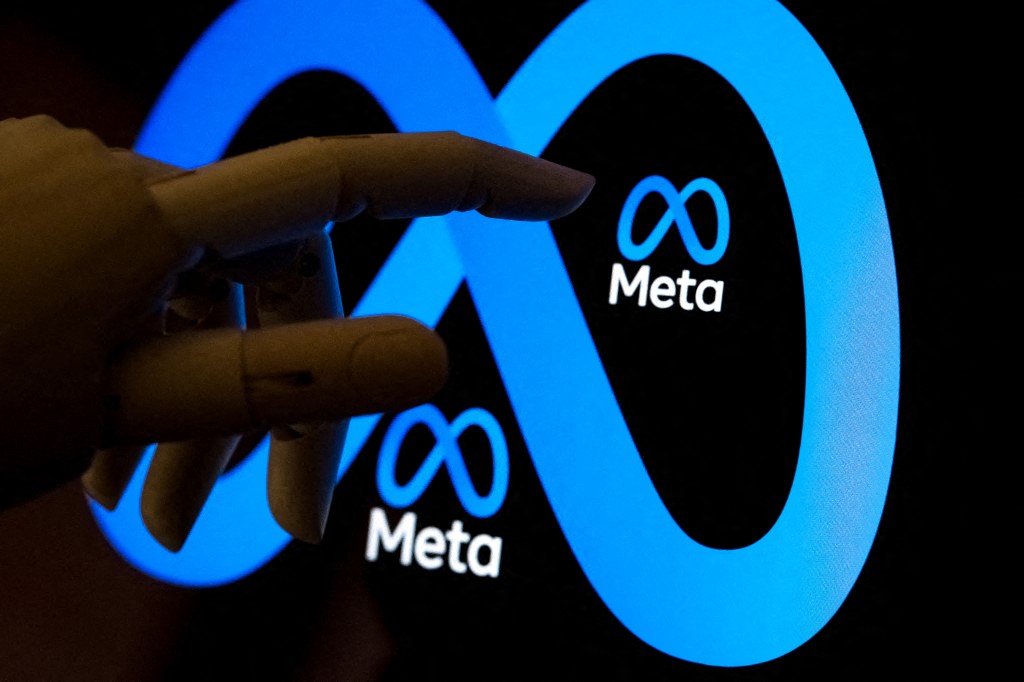Increasingly, social media personalities are achieving celebrity status and turning into what brands call “influencers”. The ability of these personalities to connect with their audience is a tantalizing call for brands to use their power to influence and cut through the Internet noise to reach their consumers. This is probably what has given rise to the term “influence marketing”. But what does the term really mean and is it as influential as the name suggests? We ask the experts: Lee Mancini, managing director at Sekari; Hussein Dajani, innovations and digital leadership director at Digital Ape; Khaled Akbik, associate director of social media at OMD UAE; Rebecca Akl, digital director at Mindshare MENA; Krysia McKechnie, PR and marketing manager at Mediacom.
Definition
In this era, consumers receive content wherever it makes sense for them, so a brand can no longer solely rely on its blog or website. Instead, establishing relationships with talented individuals who have an engaged fan base is becoming very important. As the sheer size of the influencers’ audience captures the attention of brands, they are carving new strategies to work with them [influencers]. This has led to a new industry and marketing model: influence marketing – Mancini
As digital and mobile become more pervasive, brands must meet the demands of today’s connected consumer, hence the evolution of influence marketing. Brands can no longer passively market to an anonymous customer base. Influence marketing will help manage the influence paths that lead people to act. In the past, brands focused on popular bloggers and celebrities but now “everyday” consumers can have a similar impact. Malcolm Gladwell calls these influencers “mavens”: people who not only have a lot of followers, but also have a lot of expertise and credibility on a subject and who engage with their followers – Dajani
Influence marketing is a two-way street, whereby the brand benefits from the influencers’ social clout – in terms of reach, impact and engagement through their content – and credibility among their target audience. In return, influencers benefit from the brand’s content and amplification capabilities by offering their audience something unique and exclusive – Akbik
Influence marketing uses the power of an opinion leader’s influence for persuasion, brand exposure, brand association, credibility or reputation management. Influencers can be classified into two groups: socially connected, everyday consumers, advocating for a brand because they like it; and those with large-scale influence who monetize this power – Akl
Influence marketing is not new but it is more important in the digital age. Bloggers, vloggers, instagrammers, celebrity endorsers, sports personalities and journalists are examples of influencers. Those with large numbers of followers [on social media] are targeted by brands as opinion leaders. Consumers, especially young women, are turning to blogs and Instagram accounts for fashion and makeup advice so it makes sense for brands to target this space – McKechnie
Misconceptions
Building relationships with influencers isn’t a quick fix; it needs nurturing. It shouldn’t only be about choosing someone with many followers. Instead, it should be driven by their expertise and credibility. Brands need to think like talent scouts, seeking a natural fit between themselves and their influencer – Mancini
There are several misconceptions: Influencers are tools, not people; influence marketing treats influencers like mediums in a media plan, as a one-off campaign that should immediately generate sales; brands should not pay influencers; influence marketing is about the number of followers an influencer has across social networks; an influencer can be effective for any brand, in any market; there is no need to build a relationship with influencers beyond the marketing campaign – Dajani
Many brands fail to see that it’s an influencer’s game, as they hold the keys to reaching a specific target audience who trusts what they say. Influencers need to be involved in shaping the content they’re sharing rather than brands spoon-feeding it to them. Another misconception is that once influencers start sharing a brand’s message, they automatically become a “sell-out” – Akbik
In many cases, the evaluation of an influencer is led by quantity over quality. Other things, such as contextual relevance to the brand, expertise in a specific topic, credibility, connection with their audience and other associated brands, are equally important. Another misconception is how influencers are treated as employees, instead of being given the freedom to represent the brand with their own styles and ideas – while, of course, remaining true to the brand – Akl
A brand might choose to use a person with thousands of followers on Twitter to sell its product, but followers can be bought and even if they are genuine, how many of them are the correct target audience for that product? It’s impossible to know, so you end up with quantity over quality, which may have a detrimental effect, depending on the brand – McKechnie
How much of an impact can influence marketing have on a brand?
Brands are beginning to understand influencers’ ability to form consumer opinions. At the top of the scale are bloggers like UK’s Zoella whose videos each receive between 1.2 and 2.5 million views on average. But influencers are fallible and this is the gamble. Just as brands scrambled to dissociate themselves with the epic falls from grace of say Tiger Woods or Lance Armstrong, the digital sphere is also open to such disasters. However, brands with a deep relationship with their customers may not have to worry, as their consumers will quickly disassociate the brand from the influencer – Mancini
The steps a brand should follow to secure a positive impact are as follows: set clear objectives as to why the brand is engaging in an influence marketing program. Decide on how the brand will evaluate [through relevant metrics] and whether this program meets its objectives [through ROI]. Be ready [to launch] an influence marketing program. Identify, collaborate and build relationships with the right influencers – Dajani
The impact depends on the influencers’ credibility and social clout, as well as the content produced. Things could backfire if the content is too branded or inconsistent with the influencers’ usual direction, or if little research is done about their social standing and past activities. Otherwise, if the influencer selection is done well and the approach is crafted to communicate the brand’s message and fit the influencer’s mantra, success is likely – Akbik
Influence marketing is delicate. If done properly, the impact of influence marketing can deliver multiple positives. However, if the partnership between brand and influencer isn’t genuine, original or understanding of the consumers, it can unleash a wave of mockery, discontentment or even a boycott – Akl
Influencers, like bloggers and vloggers, can have a significant effect on a brand. For example, the vlogger Zoella, has more than 7.5 million subscribers to her YouTube channel and her book, Girl Online, became the fastest-selling book of last year, breaking the record for highest first-week sales for a debut author – McKechnie
Could an influencer’s popularity result in them demanding higher compensation from brands and their audience distrusting them?
Popularity doesn’t necessarily lead to distrust, especially if the influencers were respected for integrity initially. As long as the brand and influencer are a natural fit, consumers shouldn’t question the relationship. Some beauty vloggers can command nearly $100,000 per month; however, considering their sway over large audiences, this may not be such a high price. Makeup artist Pixiwoo has more than 200 million YouTube views, compared with the biggest TV audience ever reported: 37.8 million for the 2014 NFL play-off, with a 30-second ad costing $1 million. So it is rather obvious why brands flock to social media stars – Mancini
Unfortunately, this is happening in this region, but influencers, brands and agencies are all equally guilty. There are some key issues due to lack of experience: influencer rates are not established; the vision is short-term; 90 percent of brands want the same influencers [except Mobily and Maggi] and influencers don’t avoid competing brands, as in the case of du and Etisalat. Ultimately, consumers are the influencers and it is consumers who decide how long “influencers” can keep their title – Dajani
Content consistency, subtlety in messaging, and careful choice of brands determine the trust consumers will place in an influencer. Sometimes influencers grow from just being a “social influencer” to become “celebrities”, at which point their audience’s perception changes. Consumers follow influencers with interesting content, making influencers vulnerable if they work with the wrong brand. Celebrities, on the other hand, tend to inspire behavior and are less vulnerable to brand sponsorship and the quality of the content – Akbik
It should be expected that the more popular influencers become, the more compensation they want. The difficulty lies with determining the benchmark for commercial deals with influencers. How can a brand ensure it is paying the right value, as many require advanced payments for something that hasn’t yet materialized? When influencers increase their branded campaigns, they start losing their authenticity over traditional advertising and consequently lose credibility. Brands and influencers should deliver stories that are true to the influencers’ personality – Akl
Zoella’s fans say she feels like their friend or a big sister and it’s this trust between influencers and consumers that brands are looking to exploit. However, there’s a very fine line between buying a product because your “friend” has recommended it and feeling like you’re being marketed to. Consumers are savvy and once they feel the influencer is merely pushing brands or products rather than being honest, they will switch off and find someone new – McKechnie





